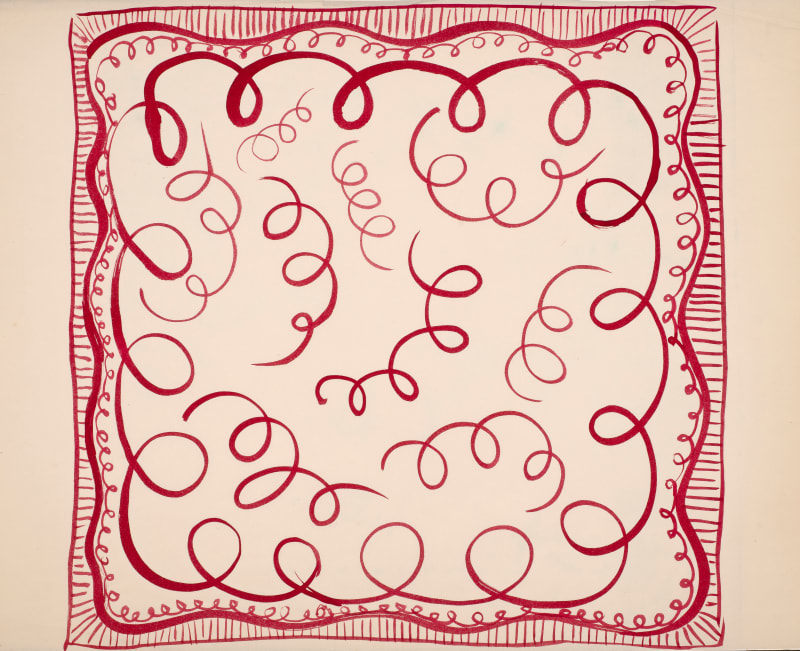Painter and textile designer Lena Pillico (Salomea Lean Pillico Goldmann) was born into a Jewish family in Łódź, Congress Kingdom of Poland in 1884. She moved to England in 1914 with her husband Leopold Pilichowski (1866-1934), a well-known Polish Jewish painter, who went on to become President of the Ben Uri Art Society (1926-32).
She studied at the Slade School of Fine Art in London and early on, she participated in the Whitechapel Art Gallery’s survey exhibitions of Jewish Art in 1923 and 1927. She was the first female artist to exhibit with Ben Uri, arranging an exhibition in 1927 for the Jewish Art & Literary Society Ben Uri in her St John’s Wood studio and was also one of the first women to exhibit with the Seven and Five Society (1923-27). She also exhibited extensively with the Women's International Art Club (WIAC) 1915-17 and 1919-25 (non-exhibiting member 1926-27), and served on the executive committee in 1923. Her paintings included landscapes, street scenes and portraits. She was a pioneer in the use of silk screen fabric printing for the creation of decorative silk squares.
A contemporary reviewer in the Jewish Chronicle described her designs as ‘decorative’ and ‘in the modern spirit’. In 1928 she was among 16 artists who exhibited work at the Brooklyn Museum exhibition of Paintings, Sculpture and Drawings by American and European Artists, showing 29 paintings (including five designs) to 17 by her husband. After Leopold Pilichowski died in 1934, Lena Pillico remained in London, where in 1936 she had a solo exhibition of 57 recent paintings of Spain and Morocco at Lucy Wertheim's London Gallery.
After the Second World War, Pillico moved to Oxford, where she died in 1947. Her work is also held at Salford Museum and Art Gallery.


